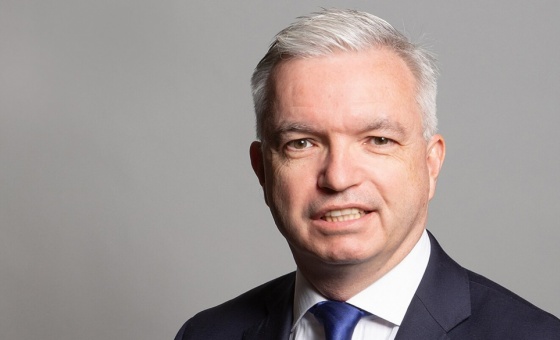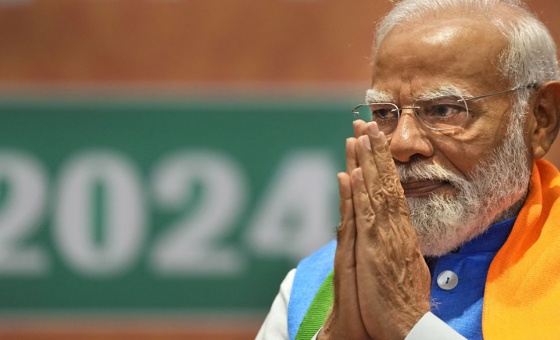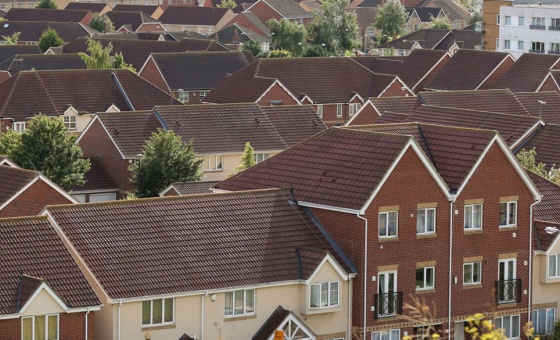This is the last article you can read this month
You can read more article this month
You can read more articles this month
Sorry your limit is up for this month
Reset on:
Please help support the Morning Star by subscribing here
THE acquittal of the Colston Four, the protesters charged with criminal damage after anti-racist campaigners tore down a statue of slave-trader Edward Colston in Bristol, shines a light on the ongoing struggle for equality and justice and the enduring legacy of the transatlantic slave trade.
The abhorrent statue of a man responsible for the violent deaths, rape and enslavement of thousands of people was pulled down and thrown into Bristol’s harbourside during the largest mobilisation of anti-racist protest for decades.
The trigger for such protest was the brutal police killing of George Floyd in May 2020, in Minneapolis, that shook the world. In its wake came the international mobilisation of the Black Lives Matter movement, the demand for change and the march for justice.
With its origins in the United States, it is crucial to understand the Black Lives Matter movement within the context of the centuries of social deprivation and economic extraction endured by generations of African-Americans.
The United States has been built on the slavery, dispossession and subjugation of its African-American population. Similar claims can be made of Britain.
Due to the extent of institutional inequality in Britain, Black Lives Matter’s analysis of systemic racism and structural discrimination also resonated across our country.
The protests in Bristol, throughout Britain and around the world were a genuine outpouring of rage against a system that is built upon one of the worst violations of human rights in the history of humanity.
The Colston Four of Rhian Graham, Milo Ponsford, Sage Willoughby and Jake Skuse — as well as every other protester who removed Colston’s statue — could arguably have been congratulated, not put on trial.
Predictably, reactionary public figures and Conservative MPs have criticised the vindication of the Colston Four by arguing it validates “mob rule.”
Indeed, the attorney general, Suella Braverman MP, has said she is “carefully considering” whether to refer the Colston statue case to the court of appeal after the outcry from rightwingers within the Tory Party.
Yet this culture war posturing ignores the long battle in Bristol, including public petitions spanning 30 years, to have the statue removed legally.
As Professor David Olusoga argues, the real offence was that a statue to a mass murderer was able to stand for 125 years, not that that it was toppled in the summer of 2020.
Those defending the statue must reckon with the fact that, during Colston’s involvement with the Royal African Company from 1680 to 1692, it is estimated that the company transported over 84,000 African men, women and children to the Caribbean and the rest of the Americas, of whom as many as 19,000 may have died on the journey.
It is poetic justice that his statue ended up underwater, emulating the fate that many Africans suffered on board his ships in the middle passage.
Those who are lamenting the acquittal of the Colston Four wish to distract from the fact that the wealth of Bristol and many other European ports was built on the evil of the transatlantic slave trade.
Colonialism continued that exploitation for another hundred years, and neocolonial forms of extraction and domination exist to this day.
During the slave trade, if one survived the horrors of the journey to be sold, the life expectancy on plantations was only 27 years.
Slave rebellions were put down with untold brutality and the system of bondage was maintained by arbitrary punishment with slavers having complete impunity from killing or torturing.
Slave families were destroyed, and every sort of depraved abuse was forced upon men, women and children alike.
It is estimated that, until the Abolition of Slavery Act in 1833, Britain transported some 3.1 million Africans to its colonies in the Caribbean, North America and elsewhere.
Together with Portugal, the two countries accounted for about 70 per cent of all Africans transported to the Americas. In total approximately 17 million people, excluding those who died during transportation over a period of 400 years, were sold and exploited by Europeans.
And when the British empire did abolish slavery, it provided 46,000 slave owners — among them the ancestors of David Cameron, George Orwell and Graham Greene — with today’s equivalent of £17 billion, which equated to 40 per cent of its national budget at the time.
The British government only paid off its obligations to former slave-owning families and organisations in 2015.
Until then, in an injustice that heaps insult onto injury, black British taxpayers have been paying to compensate those that imprisoned our ancestors.
The brutality of modern racism in Britain cannot be separated from this history. The perverse legacy of slavers such as Colston continues to affect us in all walks of life, from police use of force to unfair immigration detentions to the disproportionate number of black children who go to bed hungry.
In Britain, as in the United States, we see statues and monuments used to whitewash this abhorrent history.
Statues were commissioned by slaveowners all over Britain, and many extravagant country homes were built on the back of slavery itself.
Edward Colston, who built his fortune on the slave trade then varnished his reputation by donating some of his ill-gotten gains to charity, was one of these benefactors.
The removal of his statue was long overdue. There is no moral ambiguity around his legacy, and that of other slaveowners. It is one of pure evil.
Our cities are littered with monuments to racialised cruelty. A statue to William Beckford still stands in London’s Guildhall, immortalising a man who benefited from holding 3,000 slaves in Jamaica and campaigned against abolition.
Bramshill, the national police training college, is the former home of a Jamaican plantation owner.
While around 70 tributes to slave traders, colonialists and racists were removed across the UK after the Colston statue, we have much further to go in ridding our country of these monuments to evil.
The movement to decolonise objects of collective memory has been ignited by liberation struggles all over the world, from South Africa where Cecil Rhodes statues have been taken down forcibly due to his role in systematic colonial oppression and the formation of apartheid, to Oxford, where the powerful Rhodes Must Fall campaign has continued to grow.
Racism benefits from a benign narrative that distances present-day injustices from past oppression.
It is our duty to recognise the strong connections between historical and contemporary injustices.
The invisibility of those who paid with their suffering and their lives for the fortunes amassed by slaver owners and traders is part of the problem.
The victims have been erased from the narrative of history. This exclusion must end and their true place in history be restored — starting with a national curriculum which celebrates black people’s contribution to Britain and teaches the true, brutal history of the British empire.
There must also be a full review of statues and monuments which glorify perpetrators of historic atrocities, the legacies of which persist to this day.
Of course, we need more than symbolic victories. The economic and social inequalities that plague Britain must be urgently addressed with a radical policy agenda, funded by taxes on the super-rich.
Yet present-day injustices are inseparable from the historical origins of racism and oppression.
In order to overcome them, we must challenge how we remember our past. The Colston Four, and the anti-racist movement they were part of, represent an important step in this struggle.
Claudia Webbe MP is the Member of Parliament for Leicester East. You can follow her at www.facebook.com/claudiaforLE and twitter.com/ClaudiaWebbe.











